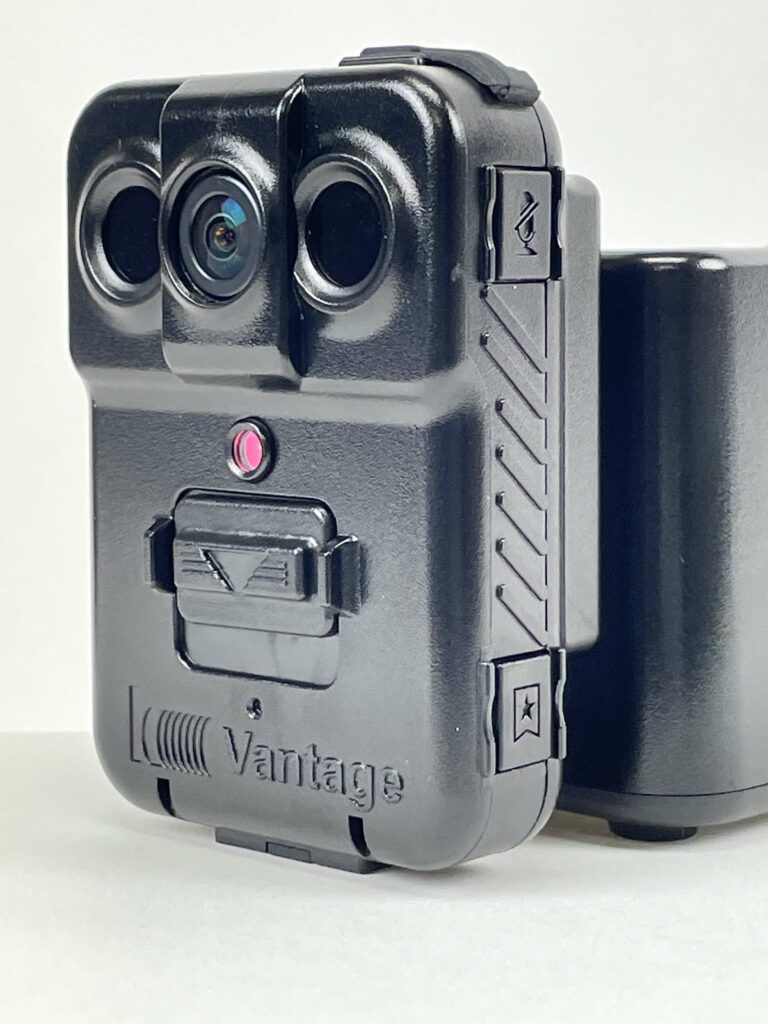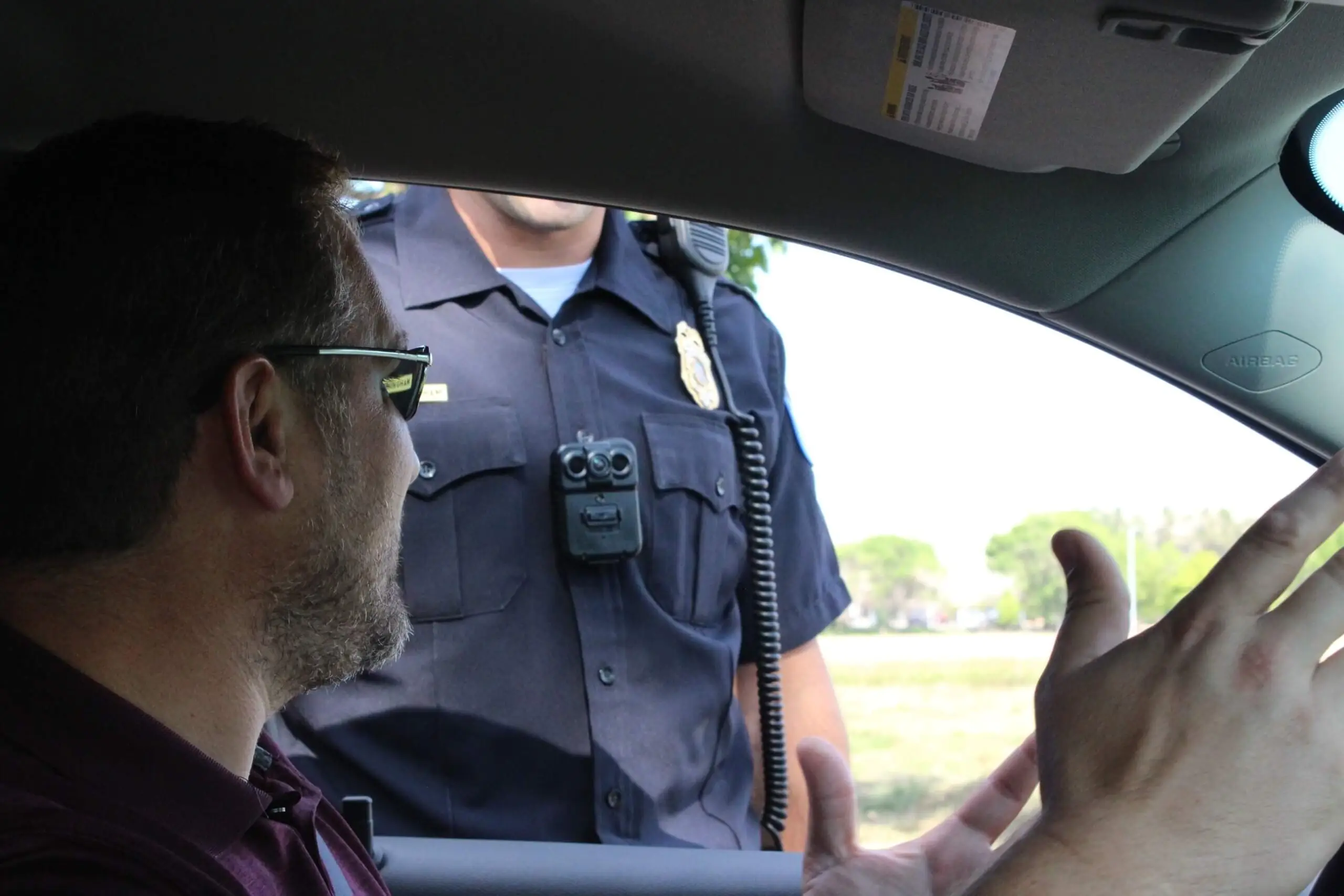Over the past few years, the use of body-worn cameras (BWCs) among police in the USA has truly taken off, and their use has now become a standard feature of almost every department around the country. The benefits of using BWCs are wide-ranging, from gathering evidence to protect officers against false accusations, to helping build trust with their communities.
While the increase in the use of BWCs is positive, there is a danger that familiarity can lead to relaxation when it comes to maintaining standards. For example, officers who are initially trained with any technology will have it at the front of their minds throughout their working day. However, as time goes on, these routine tasks may be forgotten.
This pattern is quite common when it comes to new policies and technologies, using BWCs is no exception to this. When they were first rolled out and officers received their initial training, they were very likely to follow official regulations to the letter. In every situation that requires BWC use, it’s the first thing the officer will think of. But in the absence of regular refresher courses or assessments, standards could start to slip.
For this reason, many departments around the country are starting programs of periodic BWC audits, in order to verify if recordings comply with their department’s regulations and to identify areas where officers need either appraisal or training. To name a few, over the past year departments in Minneapolis, Austin and Atlanta have performed BWC audits.
THE FORMAT AND FOCUS OF A BWC AUDIT
While many departments perform periodic spot-checks of officer BWCs, an audit is something more organized and formal. A full BWC audit is a structured, in-depth look at the use of the cameras, which is conducted at agency level by personnel trained in audit processes. The purpose of the audit is to assess all aspects of a BWC program.

This may include camera training, organizational awareness and understanding, activation and use, recurring supervisory compliance checks, and integration with criminal justice stakeholders. The goal is to ensure that all of these areas are being conducted properly and effectively.
The main focus of BWC user compliance reviews should be to cover the fundamental procedures of proper camera activation, deactivation and properly categorizing the video. In this way, the footage may provide opportunities for further, ongoing BWC training sessions.
THE BENEFITS OF AN AUDIT
There are a number of benefits to performing a department-wide BWC audit. Some of these include:
- Managing risk and ensuring compliance with legal mandates: From an administration/management level, it is important that those in charge can be confident that their department is adhering to the rules.
- Identifying new essential areas for training and re-training.
- Increasing transparency and accountability: BWCs are proving to be effective in building trust between the police force and the communities they serve, as they enforce accountability from everyone.
- Equipment check: If any BWCs need maintenance or replacing, the audit will identify them. This is also a chance to assess whether or not the current equipment still meets the changing needs of the department, or if they need to be upgraded.
WHAT HAVE AUDITS TAUGHT US?

No department is perfect, and all audits will highlight areas for improvement. The examples linked above all identified instances of non-compliance with departmental regulations regarding BWC use. They also identified instances of human error, such as the mis-categorizing of archive recordings.
As they are successfully locating errors and problems, these audits are considered to be successful. No police department should expect a ‘perfect’ result – the aim here is to find where there is room for improvement. Audits provide valuable data that can make a real impact on training or policy, so that any issues can be addressed before they result in more serious issues.
SCHEDULING AN AUDIT
While the word ‘audit’ can make people nervous, there really is no downside to running a BWC audit. The main purpose is simply to find areas for improvement and to serve as a basis for a more data-driven allocation of training resources or policy reviews.
Ideally, audits should be scheduled on an annual or semi-annual basis so everyone involved knows when to expect them. If you don’t already do it, it’s worth considering setting up a regular schedule of BWC audits in your department.
Could it be time for an audit in your department?

